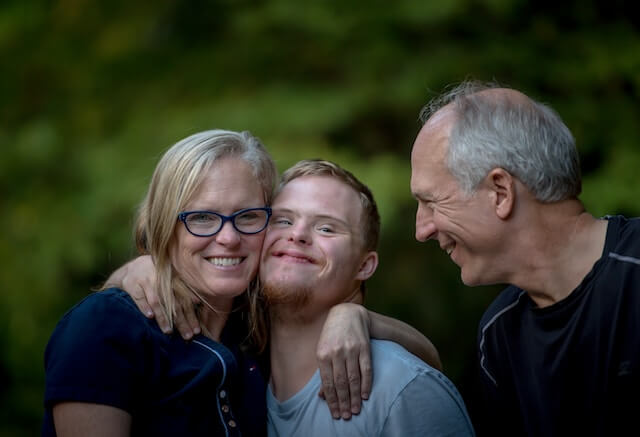Communication is a fundamental human necessity, and it’s a critical skill that allows us to express our thoughts, feelings, and needs. For children with autism, however, verbal communication can be challenging. This is where the Picture Exchange Communication System (PECS) comes into play.

What is PECS?
PECS is a unique alternative communication system originally developed in 1985 by Dr. Andy Bondy and Lori Frost, speech-language pathologists who worked at the Delaware Autistic Program[^1^]. The system utilizes spoken language, pictures and symbols to aid non-verbal or minimally verbal autistic children in communicating their needs and thoughts. It’s designed to be individualized and adaptable, making it suitable for children with different needs and abilities.
How Does PECS Work?
PECS is based on behavioral principles of Applied Behavior Analysis (ABA), which focuses on developing functional communication skills, and involves six distinct yet progressive phases[^2^]:
- Teaching the Physical Exchange: The child learns to exchange a picture of a desired item with a communication partner.
- Expanding Spontaneity: The child learns to generalize this behavior by using it in different settings, with different people, and across distances.
- Picture Discrimination: The child learns to select from two or more pictures to ask for their favorite things.
- Sentence Structure: The child learns to construct simple sentences on a PECS communication book by combining a “I want” picture with a picture of the item they desire.
- Answering Questions: The child learns to use PECS to answer the question, “What do you want?”
- Commenting: The child learns to comment on things in their environment by using phrases such as “I see”, “I hear”, “I feel”, etc.

The Benefits of PECS
The primary benefit of PECS is that it provides a practical way for children with autism to communicate independently. Here are a few more advantages:
- Flexibility: PECS can be used in various settings, from home to school, and can be customized according to the child’s needs.
- Enhancement of Social Interaction: By enabling communication, PECS can help children initiate social interactions, reducing their feelings of frustration and isolation.
- Development of Speech: While PECS is not designed to teach speech, research indicates that some children who use PECS also develop or improve their speech[^3^].
Who can benefit from PECS?
PECS can be beneficial for children and young adults with various communication difficulties, including:
- Non-verbal Children: For those who have not yet developed speech or are minimally verbal, PECS provides a way to express themselves.
- Children with Limited Speech: Some children may have difficulty forming and articulating words, making PECS a useful alternative communication method.
- Children with Autism Spectrum Disorder: While PECS was initially developed for children with autism, it can also be useful for individuals with other developmental disabilities.
Who can teach PECS?
PECS can be taught by anyone who has received proper training and is familiar with the system. This includes parents, teachers, therapists, and other caregivers. Depending on the child’s needs and abilities, PECS can also be taught in a group setting or through one-on-one instruction.

In Conclusion
PECS is a powerful tool that can unlock the world of communication for children with autism. It empowers these children to express and communicate their needs, desires, and observations, enhancing their quality of life. Parents, teachers, and therapists interested in this method should seek certified PECS training to ensure they are using the system effectively and appropriately.
Additionally, for families in Columbus navigating autism, it’s essential to explore the wealth of Autism Resources available in the area. From support groups to therapy centers and educational programs, accessing these resources can provide invaluable support and guidance on the autism journey.
The journey of communication may be different for every child with autism, but with tools like PECS, it becomes a journey filled with possibilities for new skill and growth.
Resources:
[^1^]: Bondy, A., & Frost, L. (1994). The Picture Exchange Communication System. Focus on Autistic Behavior, 9(3), 1-19.
[^2^]: Frost, L., & Bondy, A. (2002). The Picture Exchange Communication System Training Manual, 2nd Edition. Pyramid Educational Products.
[^3^]: Ganz, J. B., & Simpson, R. L. (2004). Effects on communicative requesting and speech development of the Picture Exchange Communication System in children with characteristics of autism. Journal of Autism and Developmental Disorders, 34(4), 395-409.

































